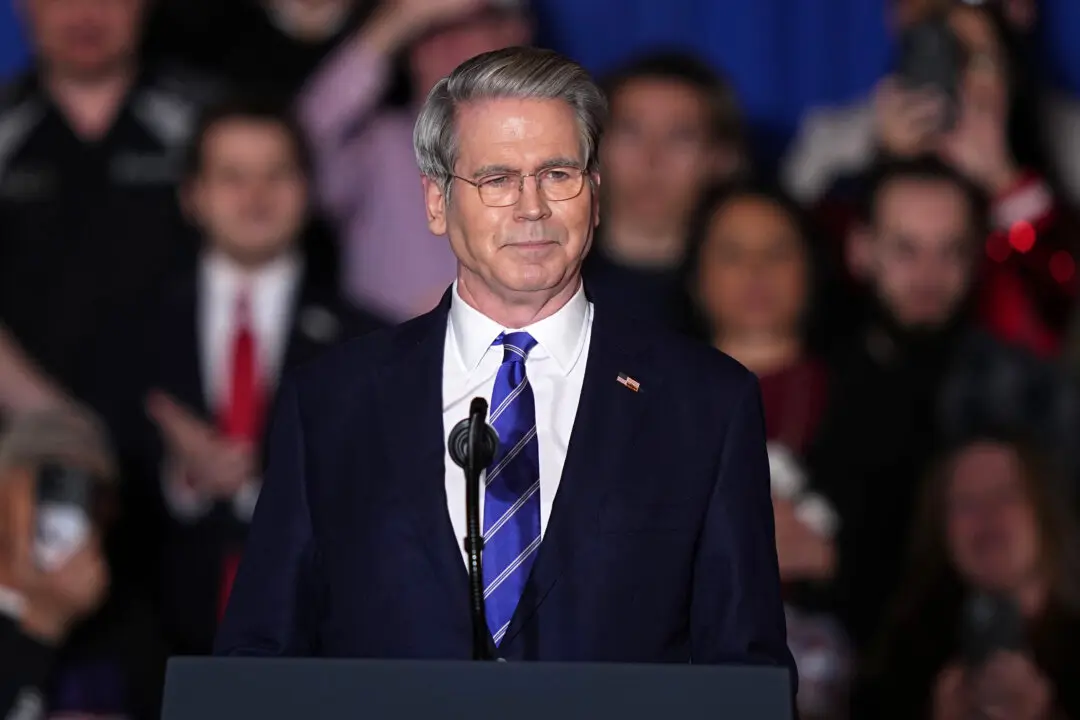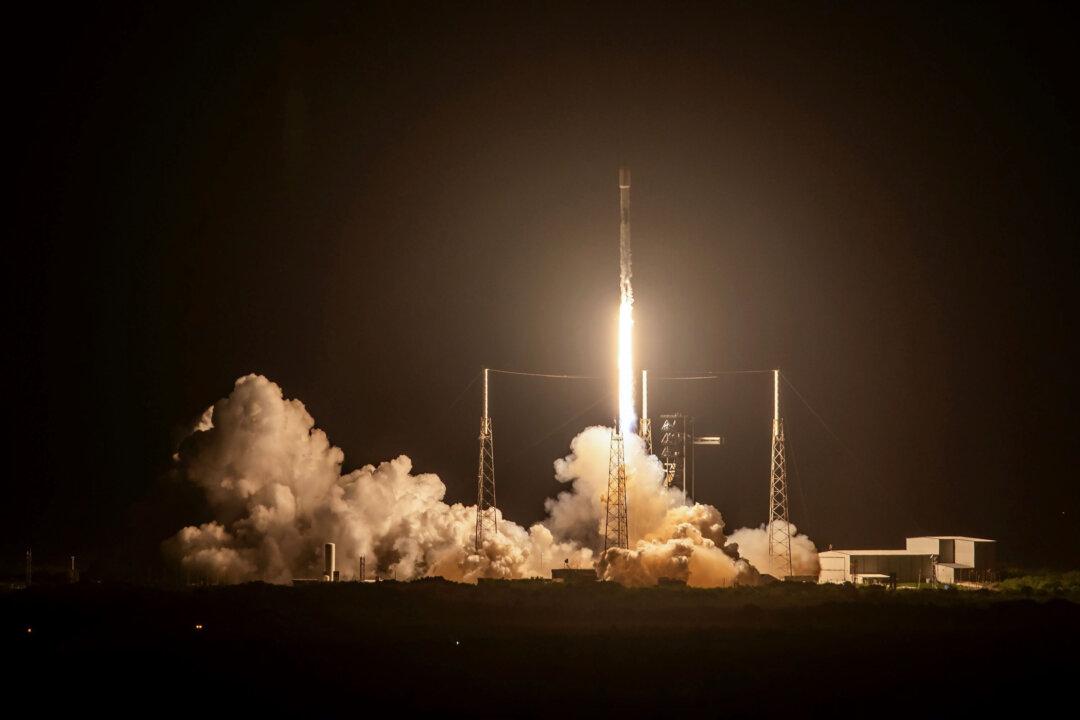The number of American citizens without health insurance coverage has hit an all-time low, according to the U.S. Department of Health and Human Services (HHS).
In the first quarter of 2020 ended March, the country’s uninsured rate fell to 8 percent, based on data from an Aug. 2 HHS report. Since 2020, around 5.2 million Americans, including 4.1 million adults between the ages of 18 and 64, have gained health coverage. Among children aged up to 17 years, 1 million got coverage.





